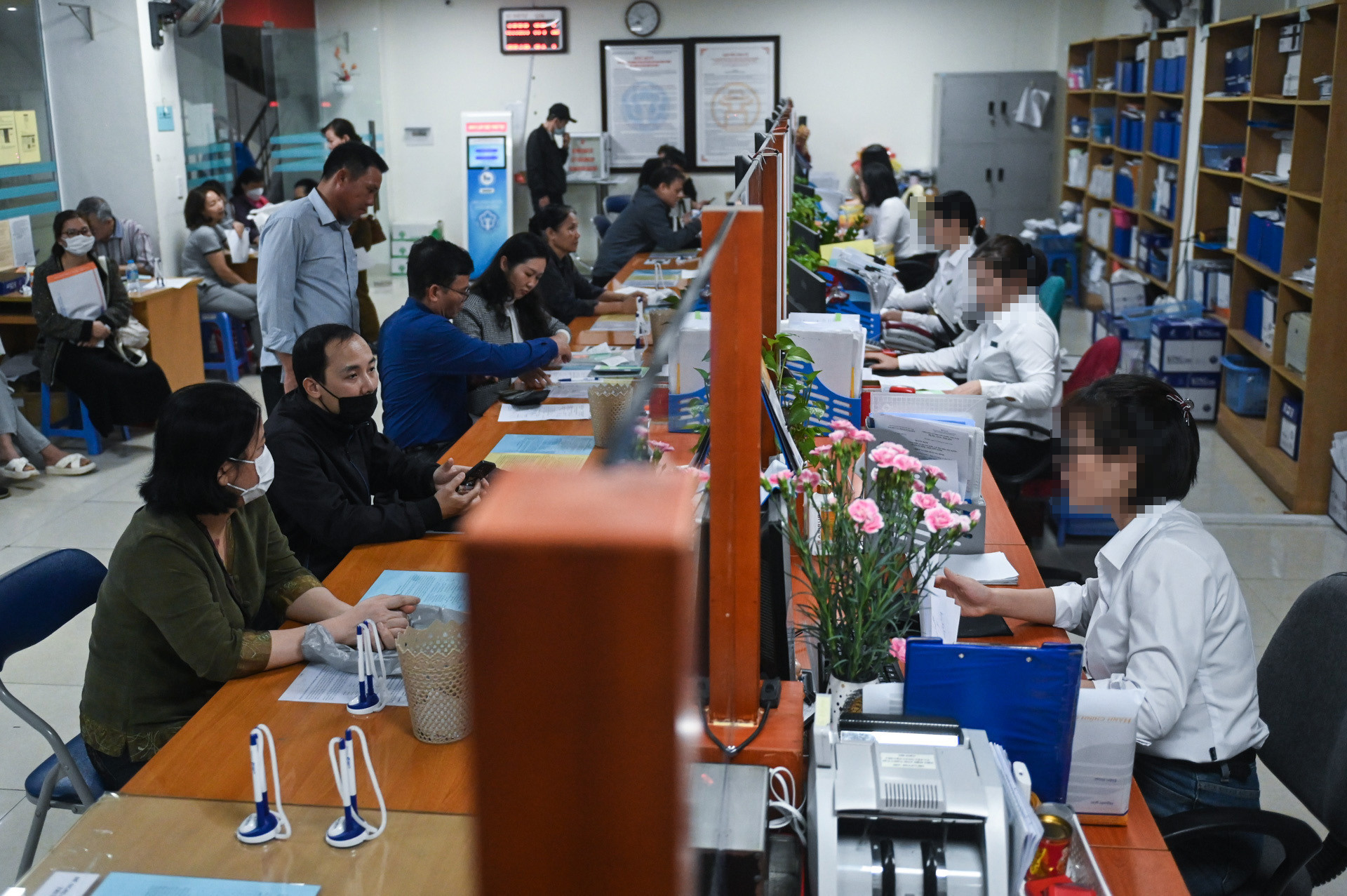
According to the Ministry of Home Affairs (MHA), five ministries, four government agencies, 12 general departments, 500 departments and equivalent organizations, 177 departments and 190 public service units under the ministries will be cut.
The ways to be admitted to state’s apparatus
The selection of civil servants through civil service examinations has been applied for 25 years. In theory, if the mechanism can be implemented well, under strict supervision, the quality of civil servants improves considerably. However, this cannot be seen in reality.
Civil servants can be classified in groups.
First, civil servants admitted to state’s agencies because of their real capability. It is estimated that these civil servants account for 20-25 percent of total officers recruited through civil service exams or assessments by agencies’ leaders.
Second, the civil servants admitted to state’s agencies when agencies’ leaders receive money from them. Third, the civil servants admitted to state’s agencies thanks to family connections with agencies’ leaders or high ranking officials.
Fourth, the civil servants admitted to state’s agencies thanks to camaraderie. Officers’ relatives are friends of high ranking officials who have the right to recruit civil servants.
No one would say that the civil servants belonging to groups 2, 3 and 4 have low capability and bad virtues, but in general, they are less capable than group 1 who have to attend exams or prove their capability to be recruited.
Meanwhile, many civil servants were recruited before 1998, when the civil service exams began to be organized.
So, in apparatus streamlining, it is necessary to exclude civil servants belonging to groups 2, 3 and 4. However, this is not easy.
It may happen that civil servant A has low capability and should be cut from the apparatus, but A is the son of a high-ranking leader in a big province, and therefore, no one dare make a decision to dismiss A.
The question is what to do to make correct decisions on those who have to leave and those who can stay.
Solution 2–voting. The head of a division says that there are 10 members in our division and 3 of them need to be dismissed. And all members will vote to decide who has to leave. The solution is unconvincing because there is no reliable standard for this.
Solution 3–lucky draw. This must not be used.
Solution 4–choosing capable civil servants based on achievements and working results in the last two years. The solution, which seems to be reasonable, turns out to be illogical, because the proportion of civil servants who don’t accomplish their duties is always very low.
Solution 5 – through tests. But the solution, once again, is not feasible, because 2 million officers in the state’s apparatus will have to attend the tests and there must be new regulations on testing.
Burden put on heads of divisions
Party Chief To Lam has repeatedly emphasized the need to reorganize the apparatus, renovate personnel recruitment to promote and appoint talents to important positions, and remove officials who lack capacity and integrity from the state apparatus.
Prime Minister Pham Minh Chinh also pointed out the need to retain civil servants who have competence, health, experience, and enthusiasm.
To do this, it is necessary to rely on the responsibility of the heads of organizations/units. Heads of divisions, agencies and departments best understand the capability of the officers in organizations. They are the only persons who can point out who is capable and who has to leave.
However, the problem is if the heads of divisions/agencies dare to do this.
No leader wants his department or agency to experience disharmony or conflict due to civil servant evaluations. Deference and equalization in evaluations will affect the evaluation process. And if many members in the same units have bad working results, this will affect the ranking of the entire units/divisions, and of course, the assessment about leaders’ capability.
Therefore, in this apparatus streamlining campaign, it is necessary to clarify the responsibility of the heads. If this cannot be done, it will be impossible to achieve qualitative changes in the apparatus.
Dinh Duy Hoa (Former Director of Administrative Reform Department, Ministry of Home Affairs)